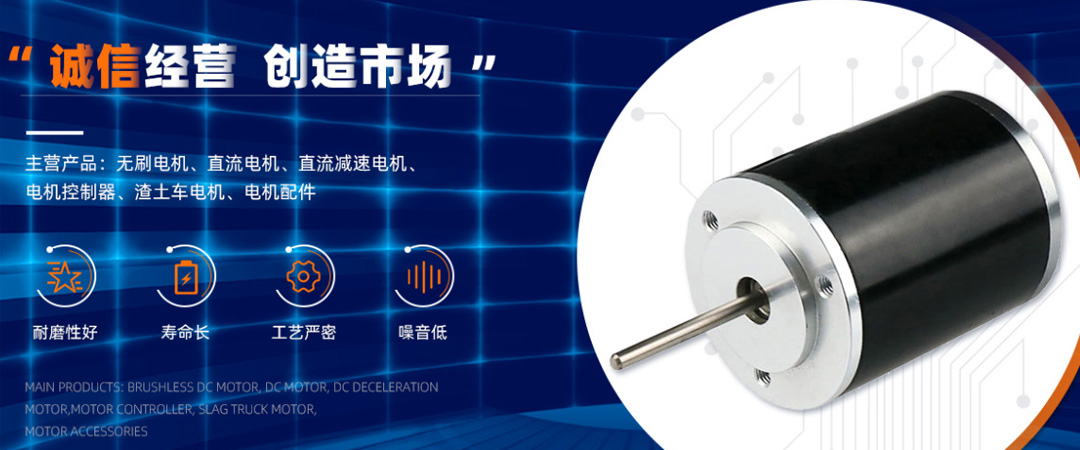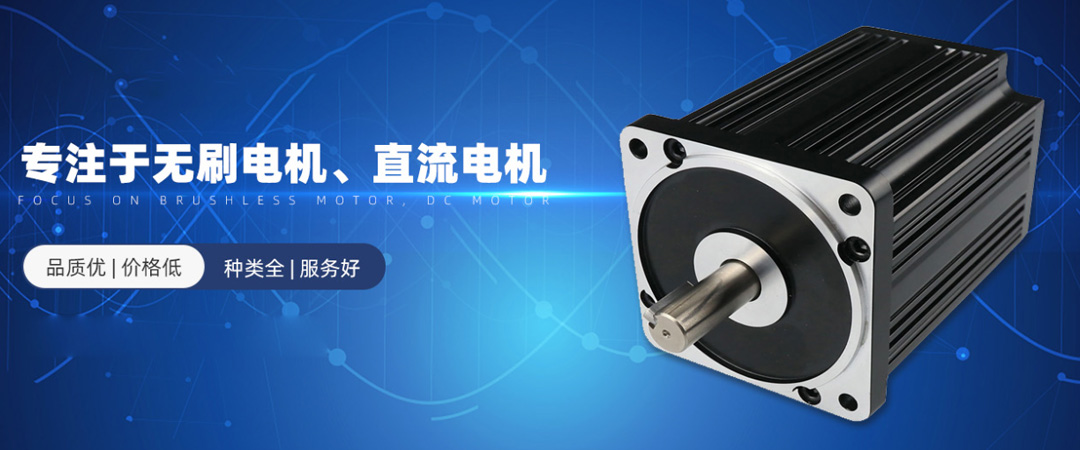Why are brushless motors not used in power tools?
There are so many advantages of brushless motors, why not use them in power tools? The main reason is that the energy density of brushed motors is higher than that of brushless motors. Brushed motors are not only used in electric tools, but also in starting motors for cars and motorcycles. Both types of loads require very large starting torque and instantaneous starting current, which may exceed 10 times the rated current. Brushed motors have cost and volume advantages.
The brush motor commonly used in electric tools is a series excited motor that can be used for both AC and DC. This type of motor has a very large starting torque, high speed, easy speed adjustment, strong power supply versatility, and small size. I believe those who have used electric tools will experience this characteristic. It is difficult to operate something that is too heavy and large when held in hand. And this type of motor has a simple structure, so the production cost is relatively low. In addition, the control circuit is also very simple. It can almost work with power supply, and it can stop working by disconnecting the power supply.
Disconnect the power to stop working. Brushless motors, on the other hand, use electronic Hall elements to mimic carbon brush commutation. In theory, this can solve the problem of carbon brush wear, bringing convenience and reliability to maintenance, and significantly reducing noise.
The essence of a brushless motor is an AC motor that requires alternating pulse voltage to conduct the coils of each phase. Therefore, a stable DC power supply is needed on the bus to operate. If there is no DC power, the AC power needs to be rectified and converted into DC before it can be used. To control the conduction between the coils, many switching tubes are required, and Hall signal acquisition and processing require relevant circuits and control chips. Because the control part of a brushless motor is much more complex than that of a brushed motor, the cost will be much higher. In addition, the Hall needs to be wired, and if the wire is broken, it will also affect its use.
Because brushless motors are considered as mechatronic systems, they are also larger in size than brushed motors, and due to differences in torque and high-speed performance compared to brushed motors, brushed motors are still widely used in household appliances such as washing machines, exhaust fans, hair dryers, and vacuum cleaners.
Although brushed motors are currently widely used in small devices such as electric work, it cannot be ruled out that with technological advancements in the future, brushless motors may still have the possibility to replace them.
Early electric vehicles also used brushed motors, but now the mainstream has become brushless motors. And industrial systems also started using brushed DC speed control systems on a large scale, but now they have transitioned to speed control devices mainly composed of asynchronous motors and frequency converters, which are also brushless. From the experience of these industries, it can be seen that the carbon brushes of brushed motors are inherently lacking, which is the core and fundamental reason for their elimination. If one day, the industry scale of brushless DC motors becomes large enough and prices can be reduced.
In addition, Hall free starting is also an important detail. Using Hall on electric tools to switch the phase of brushless motors adds an additional detection element. If Hall is removed for starting, the instantaneous starting torque and speed will fluctuate significantly. If the algorithm for starting is mature and can solve the problem of Hall free starting, perhaps electric tools and car and motorcycle starting motors may be replaced by brushless motors.
The brush motor commonly used in electric tools is a series excited motor that can be used for both AC and DC. This type of motor has a very large starting torque, high speed, easy speed adjustment, strong power supply versatility, and small size. I believe those who have used electric tools will experience this characteristic. It is difficult to operate something that is too heavy and large when held in hand. And this type of motor has a simple structure, so the production cost is relatively low. In addition, the control circuit is also very simple. It can almost work with power supply, and it can stop working by disconnecting the power supply.
Disconnect the power to stop working. Brushless motors, on the other hand, use electronic Hall elements to mimic carbon brush commutation. In theory, this can solve the problem of carbon brush wear, bringing convenience and reliability to maintenance, and significantly reducing noise.
The essence of a brushless motor is an AC motor that requires alternating pulse voltage to conduct the coils of each phase. Therefore, a stable DC power supply is needed on the bus to operate. If there is no DC power, the AC power needs to be rectified and converted into DC before it can be used. To control the conduction between the coils, many switching tubes are required, and Hall signal acquisition and processing require relevant circuits and control chips. Because the control part of a brushless motor is much more complex than that of a brushed motor, the cost will be much higher. In addition, the Hall needs to be wired, and if the wire is broken, it will also affect its use.
Because brushless motors are considered as mechatronic systems, they are also larger in size than brushed motors, and due to differences in torque and high-speed performance compared to brushed motors, brushed motors are still widely used in household appliances such as washing machines, exhaust fans, hair dryers, and vacuum cleaners.
Although brushed motors are currently widely used in small devices such as electric work, it cannot be ruled out that with technological advancements in the future, brushless motors may still have the possibility to replace them.
Early electric vehicles also used brushed motors, but now the mainstream has become brushless motors. And industrial systems also started using brushed DC speed control systems on a large scale, but now they have transitioned to speed control devices mainly composed of asynchronous motors and frequency converters, which are also brushless. From the experience of these industries, it can be seen that the carbon brushes of brushed motors are inherently lacking, which is the core and fundamental reason for their elimination. If one day, the industry scale of brushless DC motors becomes large enough and prices can be reduced.
In addition, Hall free starting is also an important detail. Using Hall on electric tools to switch the phase of brushless motors adds an additional detection element. If Hall is removed for starting, the instantaneous starting torque and speed will fluctuate significantly. If the algorithm for starting is mature and can solve the problem of Hall free starting, perhaps electric tools and car and motorcycle starting motors may be replaced by brushless motors.



